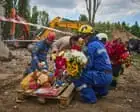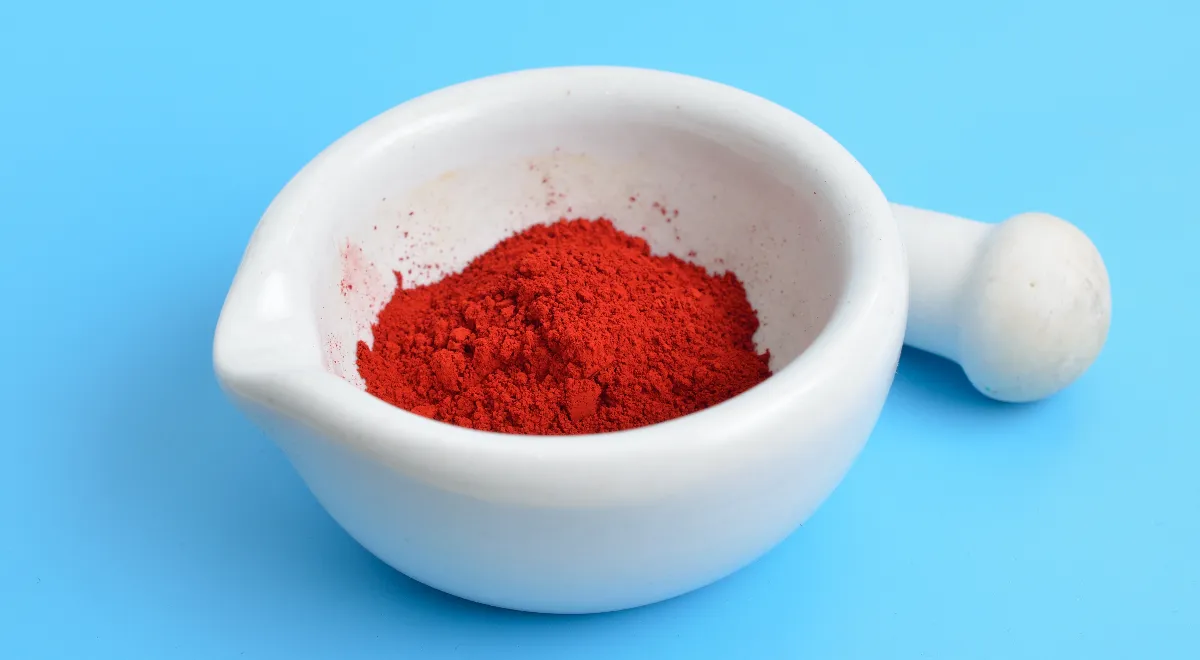Ukraine war briefing: death toll from Kyiv strike rises to 31 as Russia accelerates military advance

Russia’s territorial gains increased for a fourth straight month in July, according to data analysis, as EU foreign policy chief calls airstrike ‘depraved’. What we know on day 1,256
See all our Russia-Ukraine war coverage
The death toll from Russia’s worst airstrike of the year on Ukraine’s capital rose to 31 on Friday after rescuers recovered more than a dozen more bodies from the rubble of a collapsed apartment block in Kyiv overnight. A two-year-old was among the five children found dead after Thursday’s Russian drone and missile attack, the Ukrainian president, Volodymyr Zelenskyy, said on Friday, announcing the end of the rescue operation. A total of 159 people were wounded in the strikes, which saw Russia launch more than 300 drones and eight missiles early on Thursday.
The EU foreign policy chief, Kaja Kallas, described Thursday’s attacks as “depraved” and posted a picture of the bloc’s flag at half mast. “More weapons for Ukraine and tougher sanctions on Russia are the fastest way to end the war. Getting more air defences to Ukraine fast is our priority,” she added in a post. Zelenskyy has been appealing to allies for more air defence systems and on Friday, Germany said it would soon start delivering two more US-made Patriot launchers to Ukraine. Germany has already delivered three Patriot systems to Ukraine since the start of Russia’s full-scale invasion in February 2022.
Russia’s military advance in Ukraine accelerated for a fourth straight month in July, according to AFP’s analysis of data from the US-based Institute for the Study of War. From August 2024 to July 2025, the Russian army captured nearly 5,900 sq km, compared with 1,360 sq km in the previous 12 months. In July, the Russian army took 713 sq km of Ukrainian territory, while Ukraine reclaimed 79 sq km. Nearly three-quarters of Russian advances in July were in the eastern Donetsk region. Moscow fully or partially controlled 78% of the region at the end of July, compared with 62% a year ago. About 31% of this region was already under the control of pro-Russian separatists before the start of Russia’s full-scale invasion.
Donald Trump has said that he deployed nuclear-capable submarines to the “appropriate regions” in response to a threatening tweet by Russia’s former president Dmitry Medvedev . In a post on Truth Social on Friday, Trump wrote that he had decided to reposition the nuclear submarines because of “highly provocative statements” by Medvedev, who had earlier said Trump’s threats to sanction Russia and a recent ultimatum were “a threat and a step towards war”.
Vladimir Putin has said he wants a “lasting and stable peace” in Ukraine but gave no indication that he is willing to make any concessions to achieve it. The Russian president told journalists on Friday that a peace would need to be built on “solid foundations that would satisfy both Russia and Ukraine, and would ensure the security of both countries”. Seemingly referencing Trump’s comments that he was “disappointed” with Putin, the Russian leader added: “All disappointments arise from inflated expectations.”
Europe must start seeing the Ukrainian military as a European army, the prominent Russian opposition activist Ilya Yashin told hundreds of Russian exiles in Serbia on Friday. “The Ukrainian army is not only protecting Ukraine, it is protecting Europe from Russian aggression,” he said in a speech at a Belgrade concert hall. Yashin was imprisoned in 2022 for criticising Russia’s invasion of Ukraine and released last year. Between February 2022 and 2024, more than 74,000 Russians registered for temporary residence in Serbia, according to the latest interior ministry data.
Continue reading...







